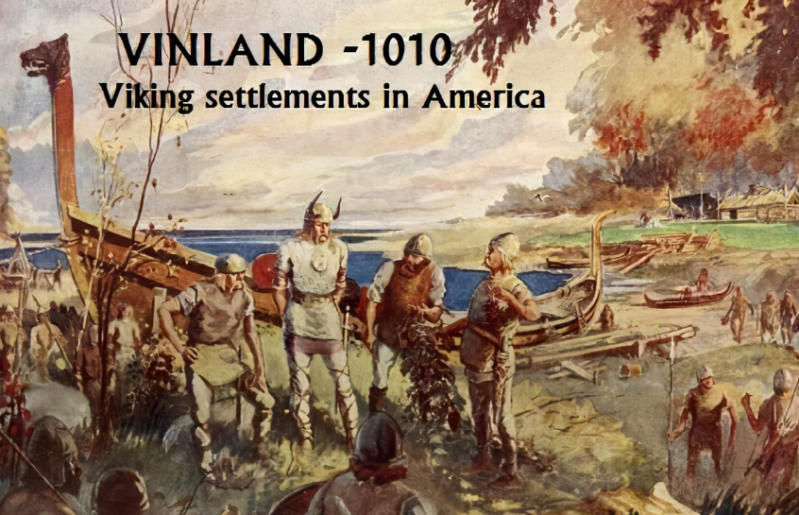Two medieval manuscripts, Graenlendinga Saga and Eirik’s Saga, claim that in the early 11th century, 500 years before Columbus, Viking men and women reached North America. They describe how an unknown country was initially sighted by a ship blown off-course in bad weather, and shortly afterwards, by a series of expeditions that set out from the Viking colony in Greenland in order to explore it.
Following the strange coast southward, the explorers came to a rich and fertile land full of game and timber. They also found wild grapes growing in profusion, so they called it Vinland (Wineland). One group attempted to settle there, including a woman who gave birth to the first European child born on American soil, but they beat a hasty retreat after an altercation with the local Native American people whom they disparagingly called Skraelings.
For many centuries, these accounts were regarded with great scepticism. However, during the 1960s a Norwegian husband-and-wife team of explorer-archaeologists followed the descriptions and sailing directions given in the two sagas. Eventually, they found themselves at L’Anse aux Meadows in northern Newfoundland, Canada. There they excavated eight 11th-century Viking-style houses, a forge and four workshops – offering exciting and conclusive proof that the so-called ‘Vinland sagas’ really were true.

Reactie plaatsen
Reacties